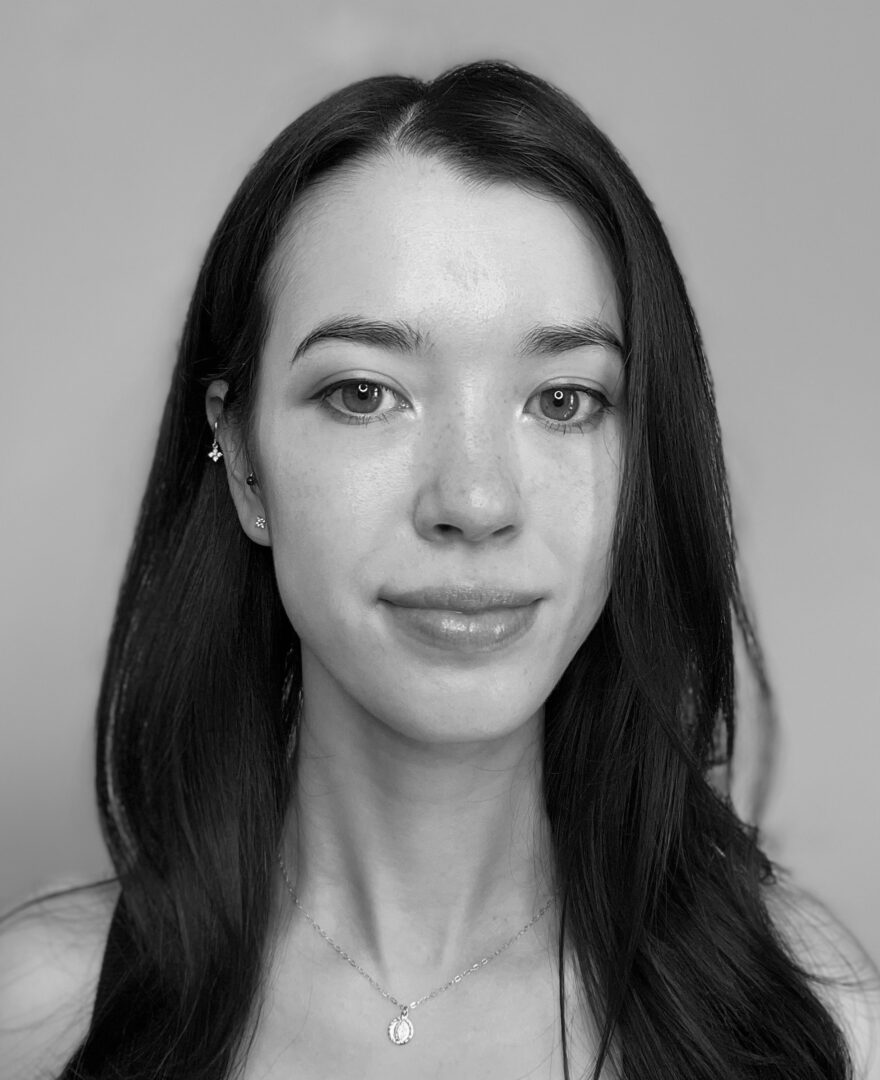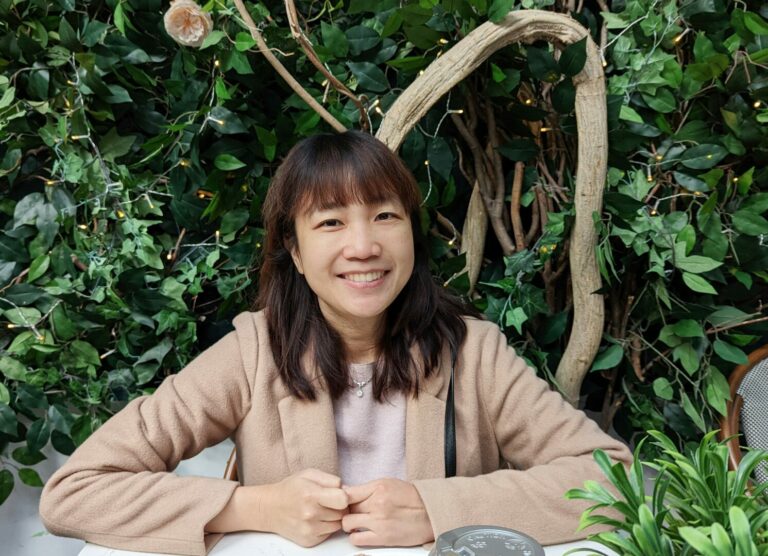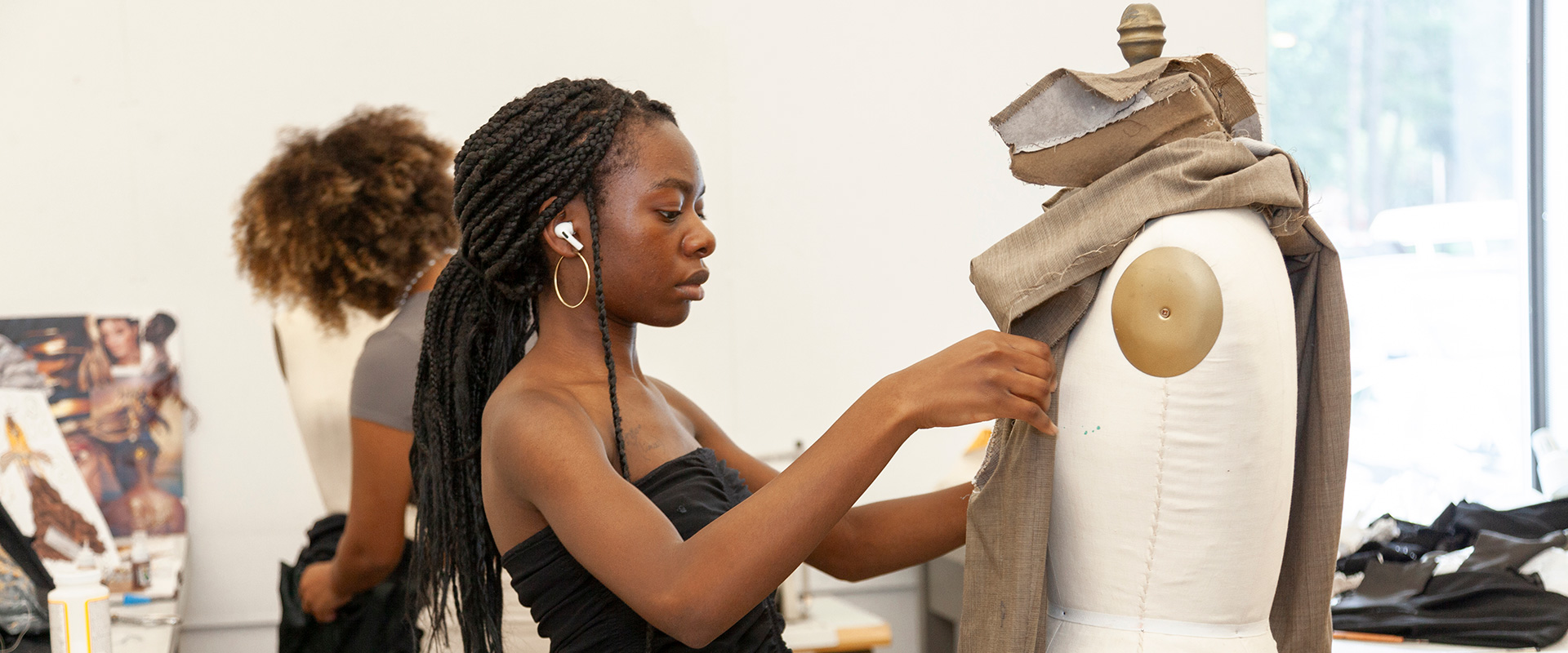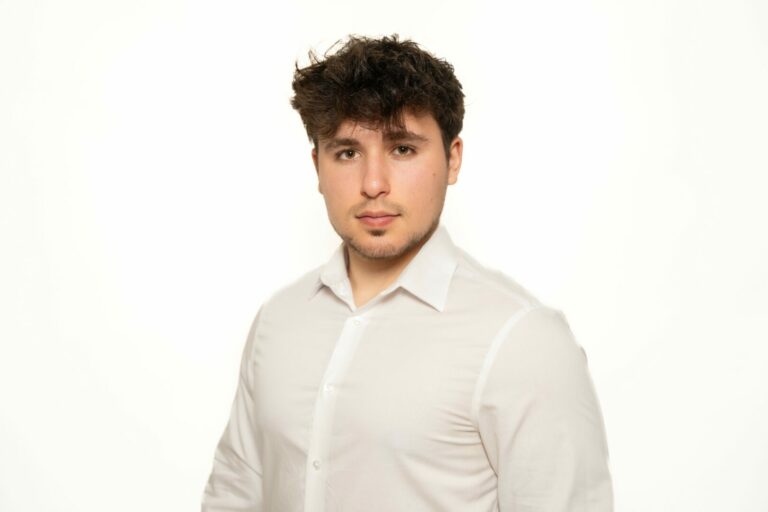Alright – so today we’ve got the honor of introducing you to Shannon Fody. We think you’ll enjoy our conversation, we’ve shared it below.
Hi Shannon, thank you so much for opening up with us about some important, but sometimes personal topics. One that really matters to us is overcoming Imposter Syndrome because we’ve seen how so many people are held back in life because of this and so we’d really appreciate hearing about how you overcame Imposter Syndrome.
Although I still struggle with imposter syndrome often, I find that micro-doses of it can actually lead to better art making. The feeling that there’s always room for improvement pushes me to work harder and prevents me from resting on my laurels, even when I am satisfied with a piece. Being brutally honest with myself is important, but there’s a fine line between honesty and cruelty. Knowing that I can be better, and feeling like I never will, are two different things and sometimes that line gets blurred. I won’t pretend that I don’t feel inadequate or overwhelmed at times by the amount of incredible talent in the world. Choosing inspiration over intimidation- and using the work of others as motivation rather than a source of insecurity- is not a cure for imposter syndrome, but how I’ve learned to manage it.
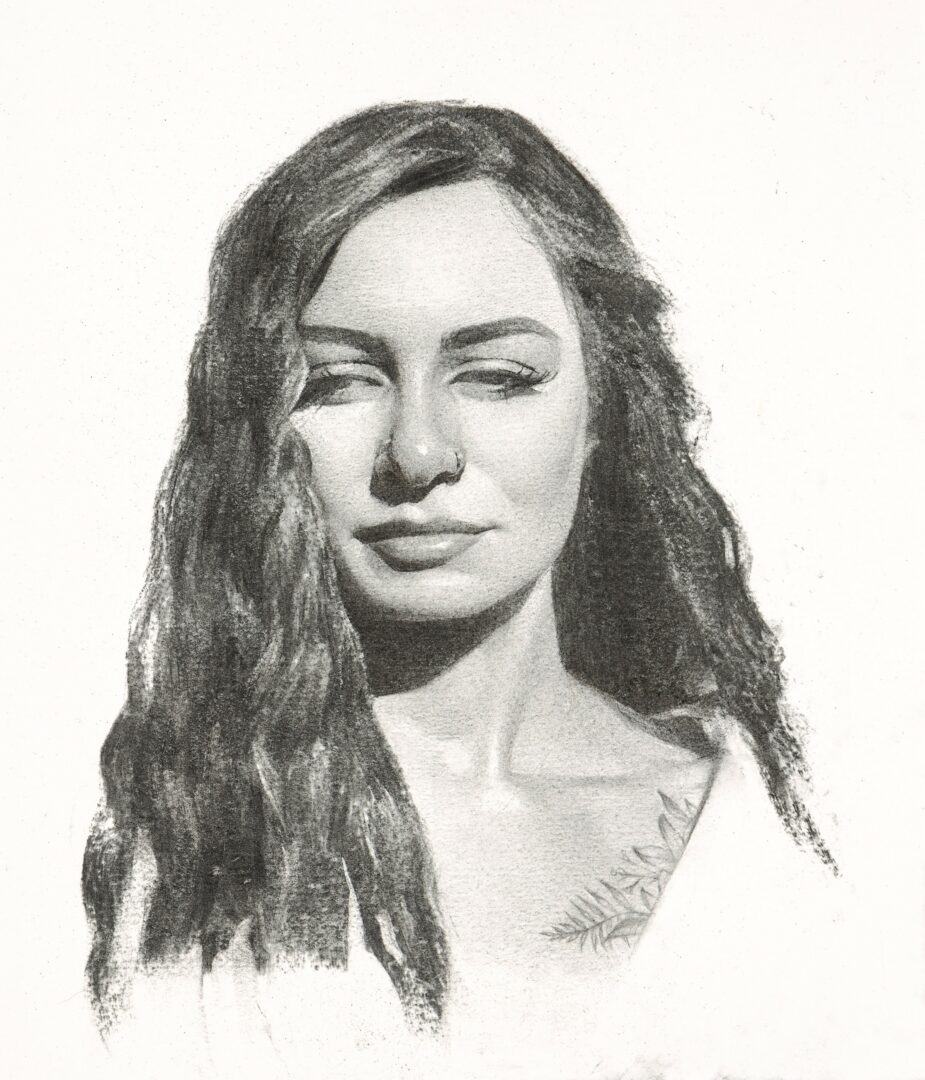
Thanks for sharing that. So, before we get any further into our conversation, can you tell our readers a bit about yourself and what you’re working on?
I am a figurative artist, mostly known for expressive portraits drawn in charcoal. My work blends traditional mediums and techniques with modern elements, creating a connection between past and present. One way this connection is made is through the presence of technology in my art. In many of my portraits, the camera is subtly referenced by incorporating the flash reflected in the subject’s eyes. This detail acknowledges modern technology while situating the work in the present, providing a contemporary take on what would otherwise be a classical portrait. It is in this way that the work feels authentic to my own time, while honoring the artistic approaches of the past.
Upon recently returning to California from Michigan, I aim to shift my work from a focus on time to a reflection of my personal experience growing up in the Midwest. Reacquainting with the suburban landscape as an adult has stirred a deep sense of nostalgia and introspection. Through the lens of sentimentality, my next body of work will explore the people and places that evoke a sense of home- even when I am far from it. While the imagery is distinct to my own narrative, the hope is that these paintings resonate with the universal experience of homesickness.
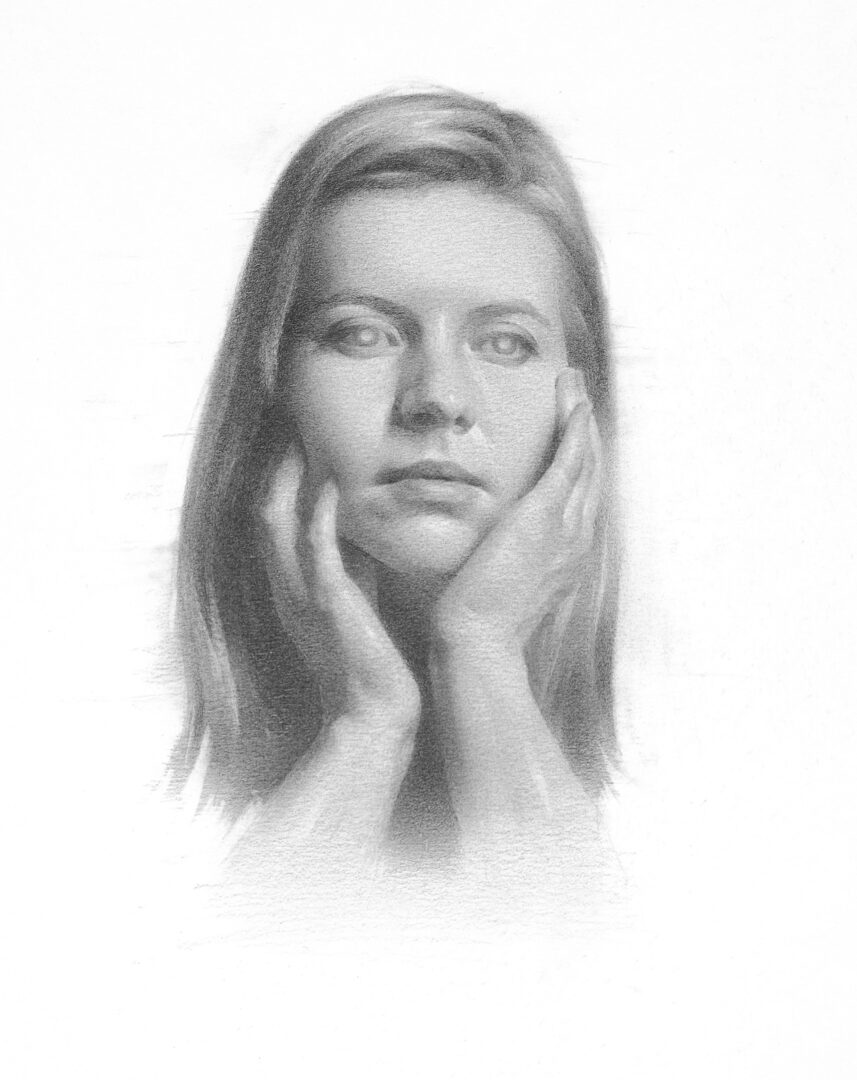
Looking back, what do you think were the three qualities, skills, or areas of knowledge that were most impactful in your journey? What advice do you have for folks who are early in their journey in terms of how they can best develop or improve on these?
As a recent graduate, I believed teaching was the key to success as a fine artist. I sought out opportunities in higher education, thinking that landing a teaching role would validate my art career. Despite my best efforts, I struggled to secure the position I wanted. The teaching jobs I was able to find at the time often left me feeling unfulfilled and underutilized. I stayed in roles that I knew were not a good fit for me, only because it was what I thought I “should” be doing.
I eventually found a job in custom framing, which seemed like a compromise at first. I had thought of being an artist and framer as two separate pursuits, and that I was somehow giving up my identity as an artist in order to work behind the scenes. Over time I realized that working as a framer was the best thing that could’ve happened to me.
Learning the trade of framing allowed me to gain skills and knowledge in something other than fine art. I was able to build frames and create art supports that saved me both time and money. I was also introduced to a number of art opportunities, artists, and even collectors through connections made as a picture framer. I would have missed out had I not kept an open mind.
What seemed like a detour ended up helping me find my own path. A path that made me happier, more knowledgeable, and more “successful” even if it was not my original idea of success. This experience taught me two important lessons. First, to remain open to different career paths because they can lead to unexpected opportunities. Second, building skills in areas beyond your primary focus- beyond what you know you’re good at, can make you more adaptable and resourceful.
This brings me to my third and final piece of advice for anyone on their own art journey: do it, even if you are afraid. Years later I was approached to teach a college level drawing course- an opportunity I once would’ve given anything to have. But when the time came to make a decision, I let the opportunity pass me by.
Why?
It wasn’t because I didn’t want to do it, but because I didn’t think I could. I was afraid I wasn’t capable, especially since teaching had not worked out for me in the past.
Don’t let fear keep you from seizing opportunities. I thought that if I worked harder, gained more experience, and designed better lesson plans, I’d eventually feel ready for that kind of role. I was waiting for the perfect moment, and the reality is that moment may never come.
A family member once told me, “Everyone is afraid. There are two kinds of people: those who do it afraid, and those that don’t.” I wish I could go back and take that opportunity. Since then I’ve learned that it’s not about waiting for the fear to pass, but about moving forward despite it.
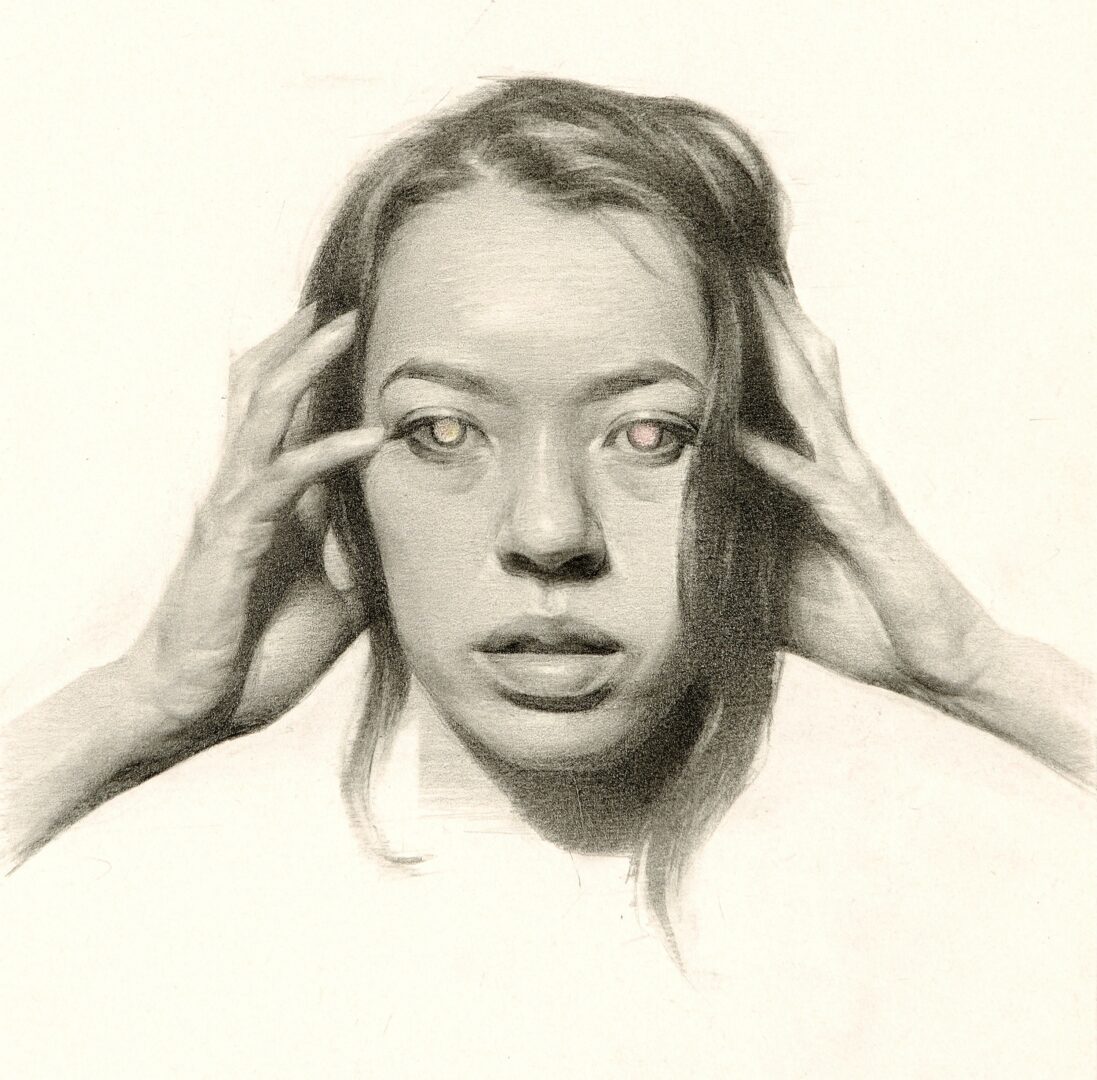
Okay, so before we go, is there anyone you’d like to shoutout for the role they’ve played in helping you develop the essential skills or overcome challenges along the way?
One person whose impact on my journey has been invaluable, is my longtime mentor and fellow artist, Vianna Szabo. Vianna’s path to becoming an artist is unique in that she began as an aspiring teacher. She later applied those educational skills in order to teach herself how to paint, and I believe that it is through learning how to teach herself that she became so skilled in teaching others.
Despite being a remarkable instructor, Vianna is never afraid to put herself in the position of the student. She once documented her process of teaching herself how to use watercolors, which inspired me to try pastels. Her curiosity, and the joy that she finds in discovering new techniques and expanding her practice, motivates me to push my own boundaries. Whether it’s experimenting with new mediums or refining my technical skills, her example of lifelong learning fuels my desire to improve.
As I’ve navigated the challenges of being an emerging artist, Vianna has been a constant source of support. From helping me troubleshoot my figure painting final where the subject appeared to have green skin, to offering valuable feedback on my teaching workshop, to coaching me through my first artist lecture, Vianna has been a helping hand and in the case of the final- a shoulder to cry on.
Much of my success as an artist can be traced back to the time and knowledge Vianna has shared with me. She has guided me through every aspect of my artistic life- from technical skills to the business of art to teaching. Everyone deserves that kind of mentorship, and in many ways I hope to be more like Vianna as my journey continues. Someone who is always willing to grow, to give, and never afraid to share what they’ve learned with others.
Contact Info:
- Website: https://www.fodyfineart.com
- Instagram: @shannonfody
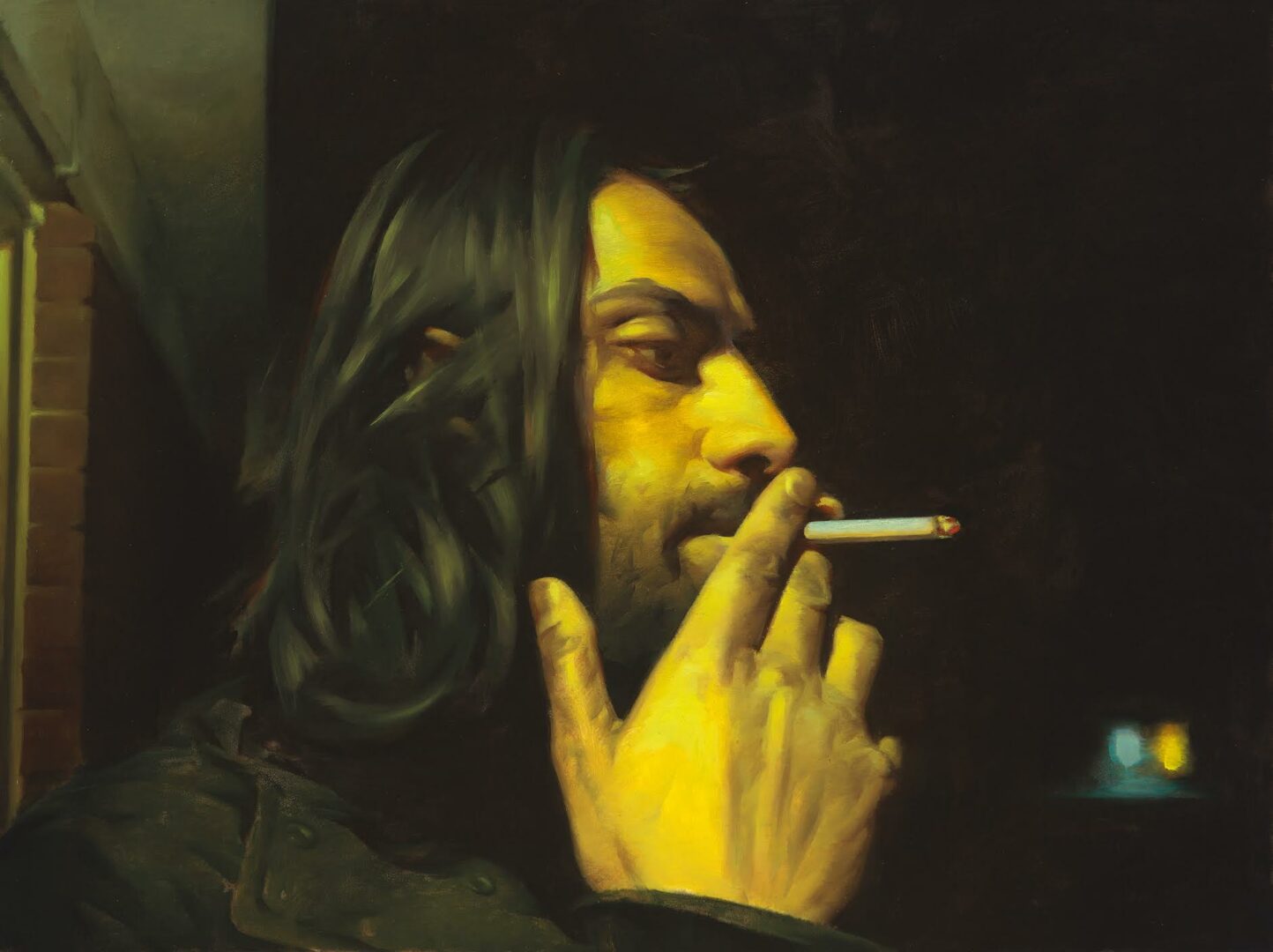
so if you or someone you know deserves recognition please let us know here.

